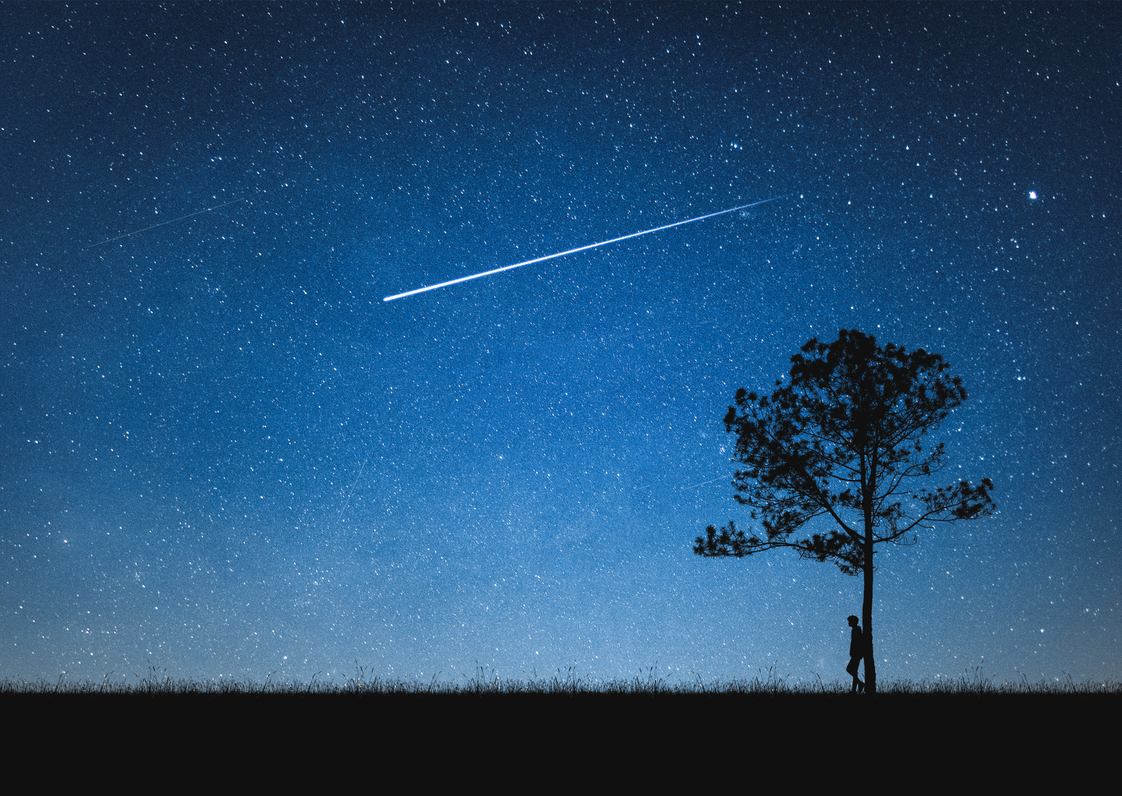A Celestial Spectacle

When I went travelling around Italy in the summer of 2003, I was first introduced to this 'event' and I couldn't believe that I had never heard of it before (it's common knowledge in Italy!). So now I want to share it with you - in case you haven't heard of it either.
In Italy, they call it La Notte di San Lorenzo (10th August). We would call it The Perseid Meteor Shower. Whatever you call it, it's amazing.
What is the Perseid Meteor Shower?
The Perseid Meteor Shower is an annual event that occurs every August, as Earth passes through the debris left behind by the Swift-Tuttle comet. The meteors, or "shooting stars," are pieces of this debris burning up in Earth's atmosphere, creating bright streaks across the sky.
When and Where to Watch:
- Peak Viewing Dates: Centuries ago, the shower would peak on the night of 10th August (San Lorenzo), nowadays the peak is on 11th and 12th August, but meteors can be seen from mid-July to late August.
- Best Time: The best time to view the meteors is after midnight, when the sky is darkest and the radiant point (in the constellation Perseus) is higher in the sky.
- Location: Find a spot away from city lights with a clear, unobstructed view of the sky. Rural areas or high vantage points are ideal.
Tips for Optimal Viewing:
- Check the Weather: Clear skies are essential for meteor viewing. Check the weather forecast for your area and plan accordingly.
- Prepare Early: Arrive at your chosen viewing spot at least 30 minutes early to allow your eyes to adjust to the dark.
- Bring Essentials:
- A comfortable chair or blanket to lie on
- Warm clothing or a blanket to stay cozy
- Snacks and drinks to enjoy while you watch
- Avoid Light Pollution: Turn off any nearby lights and avoid using your phone. If necessary, use a red filter on any light sources to preserve your night vision.
- Be Patient: Meteor showers are best enjoyed with patience (it takes so much patience!). Allow yourself plenty of time to relax and enjoy the show.
Fun Facts about the Perseids:
- The Perseid meteors are some of the fastest, traveling at speeds of up to 37 miles per second.
- They often leave long, luminous trails in their wake, called "trains," which can last several seconds. I've seen a few over the years, they're beautiful!
- It's said that on peak nights, you can expect to see between 60 to 100 meteors per hour under optimal conditions. I personally have never seen this many, I think 10-15 in an hour is about my record!
Wherever my family and I are in the world between 10th-12th August, we try to find a spot with as little light pollution as possible and look for shooting stars. It's become a tradition that we all enjoy - I hope it brings a little joy to you too!
Happy stargazing, my friend - let me know if you manage to see any this year!
(If you do, tag me on Instagram or Facebook or email to let me know!)
Much love,
Amy 💜🤟
Reiki | Sound | Coaching
✨1:1 Reiki sessions - experience Reiki for yourself!
✨Reiki courses & workshops - learn how to use Reiki for self-healing and to help loved ones and pets
✨Sound healing & sound bath experiences - experience Reiki mixed with sound for a profoundly relaxing and restorative experience.
✨1:1 & group life coaching sessions - uncover limiting beliefs, set meaningful goals, and take aligned, empowered action to create the life you truly want. Fly high; I'm here to help.
If you liked this post, you may also enjoy: